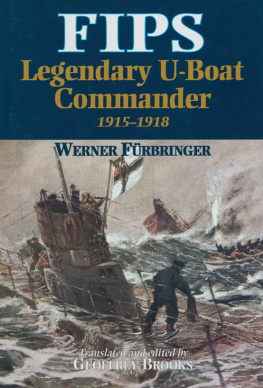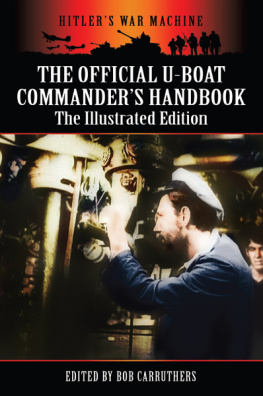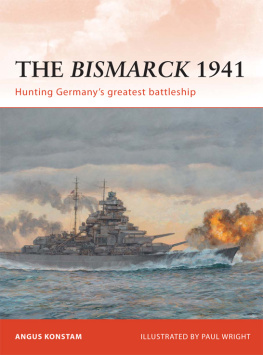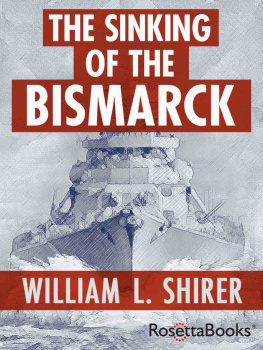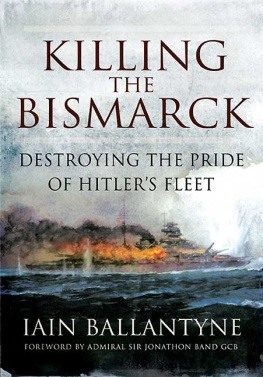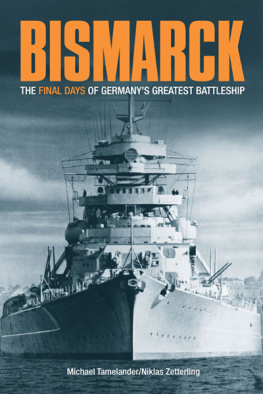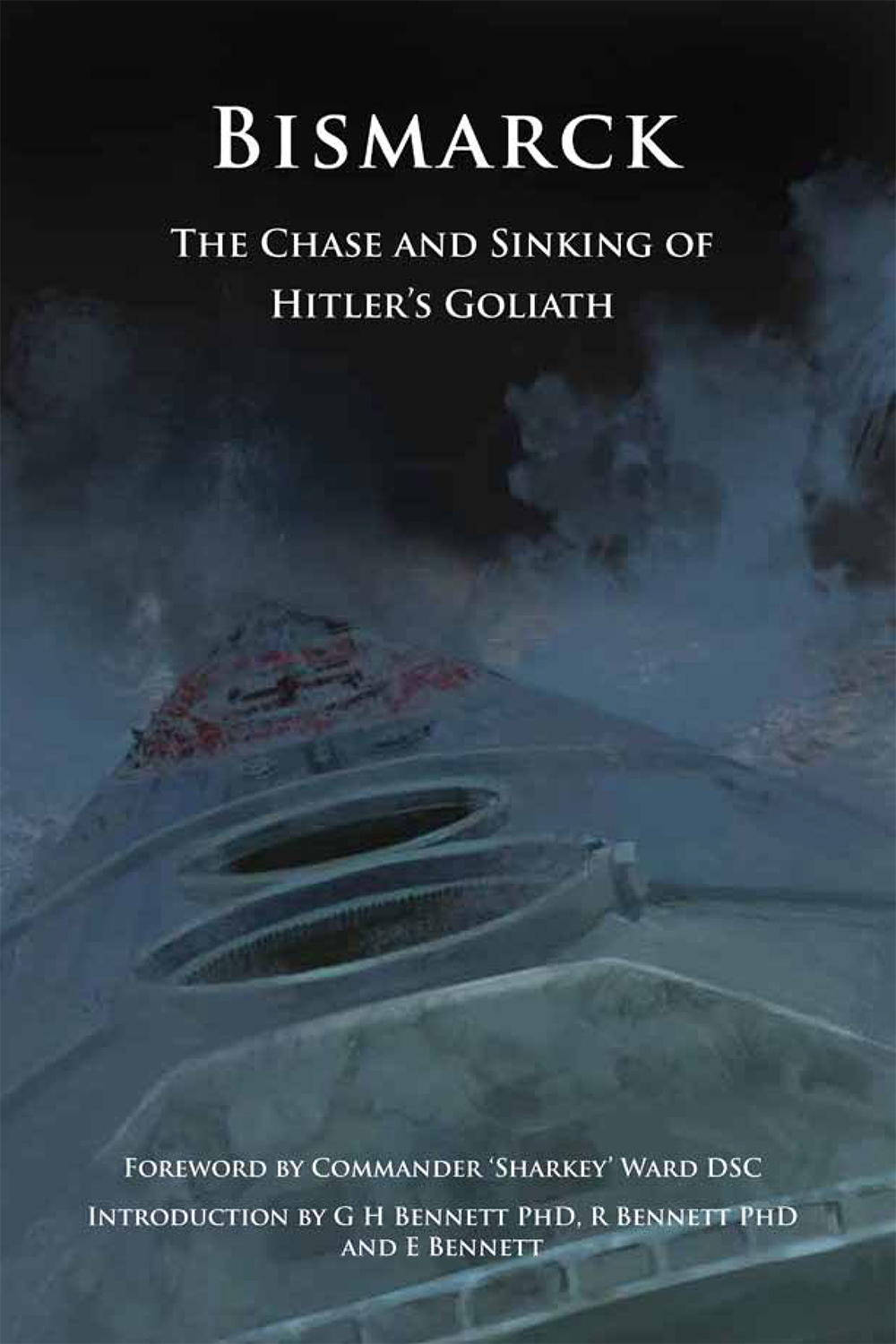ebook edition first published in the United Kingdom in 2016 by University of Plymouth Press, Room 002, 18 Endsleigh Place, Drake Circus, Plymouth, Devon, PL4 8AA, United Kingdom.
eISBN 978-1-84102-401-1
University of Plymouth Press 2016
A CIP catalogue record of this book is available from the British Library. ISBN 978-1-84102-326-7
Publisher: Paul Honeywill
Commissioning Editor: Charlotte Carey
Series Editors: G. H. Bennett, J. E. Harrold, R. Porter and M. J. Pearce
The rights of this work have been asserted in accordance with the Crown Copyright, Designs and Patents Act 1988. All rights reserved. No part of this publication may be reproduced, without the prior written permission of UPP. Any person who carries out any unauthorised act in relation to this publication may be liable to criminal prosecution and civil claims for damages.
Historical content courtesy of Britannia Museum, Britannia Royal Naval College, Dartmouth, TQ6 0HJ.
Cover image Edward Stables 2012
The historical documents reproduced here appear as unedited text, apart from minor changes made to date formats and corrections to typing errors found in the original.
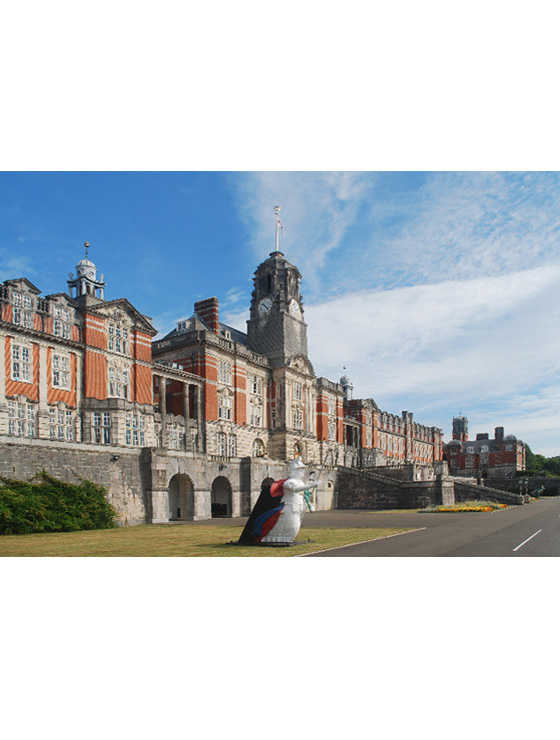
Britannia Royal Naval College, Dartmouth
Britannia Royal Naval College
A majestic landmark, which towers above the harbour town of Dartmouth in Devon, Britannia Royal Naval College was designed by royal architect Sir Aston Webb to project an image of British sea power. A fine example of Edwardian architecture, the College has prepared future generations of officers for the challenges of service and leadership since 1905.
The Britannia Museum opened in 1999 to safeguard the Colleges rich collection of historic artefacts, art and archives and promote greater public understanding of Britains naval and maritime heritage, as a key element in the development of British history and culture. It also aims to instill a sense of identity and ethos in the Officer Cadets that pass through the same walls as their forbears, from great admirals to national heroes, to royalty.
http://www.royalnavy.mod.uk/our-organisation/where-we-are/training-establishments/brnc-dartmouth
Foreword Commander Nigel Ward
The immensely powerful German battleship, Bismarck , posed a significant threat to Britains endeavours to win the Battle of the Atlantic. When, in a short exchange of fire, she sank the pride of the Royal Navy, HMS Hood , alarm bells rang throughout Whitehall and in the War Cabinet.
Britains lifeblood depended upon its control of the seas and this was already being severely threatened by the U-boat offensive against British shipping convoys. Bismarck added to this threat in a most significant way and if she had been allowed to roam the Atlantic unhindered, there would have been little hope left for the survival of British merchant fleets. The sinking of Bismarck became a top priority in the war effort. There was no way around it: she had to be hunted down and destroyed as soon as possible.
Tracking her position and intended movement was a remarkable achievement in itself. There were no satellites available and the extensive pre-war investment in land-based aircraft was found to be distinctly lacking in the context of maritime surveillance and air warfare. It was as though a sea blindness had infected Whitehall. The concentration of resources on land-based air power demonstrated that the British Government had lost sight of its heritage as an Island Nation dependent upon the sea for all imports and commercial needs.
This negligence on the part of the British Government and military leaders was deplorable. As Winston Churchill had noted:
Whereas any European power has to support a vast army first of all, we in this fortunate, happy island, relieved by our insular position of a double burden, may turn our undivided efforts and attention to the Fleet. Why should we sacrifice a game in which we are sure to win to play a game in which we are bound to lose?
His words were ignored and so later he reinforced his statement with the following:
Nothing, nothing in the world, nothing that you may think of or dream of, or anyone else may tell you: no argument, however seductive, must lead you to abandon that Naval supremacy on which the life of our country depends.
In spite of such wisdom, Britain had failed to provide its aircraft carriers and the Royal Navy Fleet Air Arm with modern combat aircraft (the United States and the Japanese had made no such mistake). Britains ability to engage and destroy Bismarck was therefore in considerable doubt. She outgunned the surface fleet and the only air power that the Royal Navy could bring to bear against her was the ancient string bag; the Swordfish biplane that was limited to the slow speed delivery of a single torpedo. Naval intelligence and expertise had already achieved the near impossible they had found her. Could they now engage and destroy her?
Against all odds, the Swordfish aircrew in their open cockpits pressed home their torpedo attacks through a veritable storm of accurate anti-aircraft fire from Bismarck . The thick armour surrounding her hull below the waterline was enough to protect her and her crew from torpedo impact. But then one lone torpedo struck her Achilles heel, her rudder and associated steering gear. The bravery and daring of the Swordfish pilots had paid off and Bismarck had been virtually immobilised. She became a sitting target for the surface fleet and was duly dispatched.
Following this remarkable achievement, very soon, Britains aircraft carriers were provided with modern, state-of-the art fighters and fighter-bombers from the United States. Many years later, sea blindness returned to Whitehall during the Cold War period when Britains aircraft carriers were withdrawn from service.
By contrast, a foot in the door was provided by the Sea Harriers embarked in HMS Invincible. Fleet Air Arm pilots had just 20 aircraft when they sailed South in 1982 with the naval task force to retake the Falkland Islands following the invasion by Argentina. They were out-numbered by 200 Argentine combat aircraft and there was no possibility of effective support from the land-based Royal Air Force because there were no bases for the latter to fly from.
The air war over the Falklands was conducted predominantly by the Royal Navy Fleet Air Arm and victory was only made possible by the Sea Harrier. Contrary to what was announced by Royal Air Force public relations, the RAF contributed little more to that victory than to the demise of Bismarck . Navy Sea Harriers shot down 25 enemy aircraft and established air supremacy over the Islands allowing courageous British ground forces to complete their victory. Sea Harrier over the Falklands tells the story in full detail and it is an account of the air war which has not been challenged by the Ministry of Defence or any other informed source.
It is almost beyond belief that in spite of the many historical successes that have been achieved by the Royal Navy and her carrier air groups since World War II, the British Government has accepted the decision of the Strategic Defence and Security Review 2010 to gap Britains aircraft carrier capability until at least 2020.
The extraordinarily high cost of the UK land-based air campaign over Libya demonstrates the controversial choice of this way ahead, which has led to a major reduction in British military and political influence overseas.
Commander Nigel Sharkey Ward DSC
1. Commander Ward, Sea Harrier Over The Falklands: A Maverick at War , Cassell Military Paperbacks, 2000.


